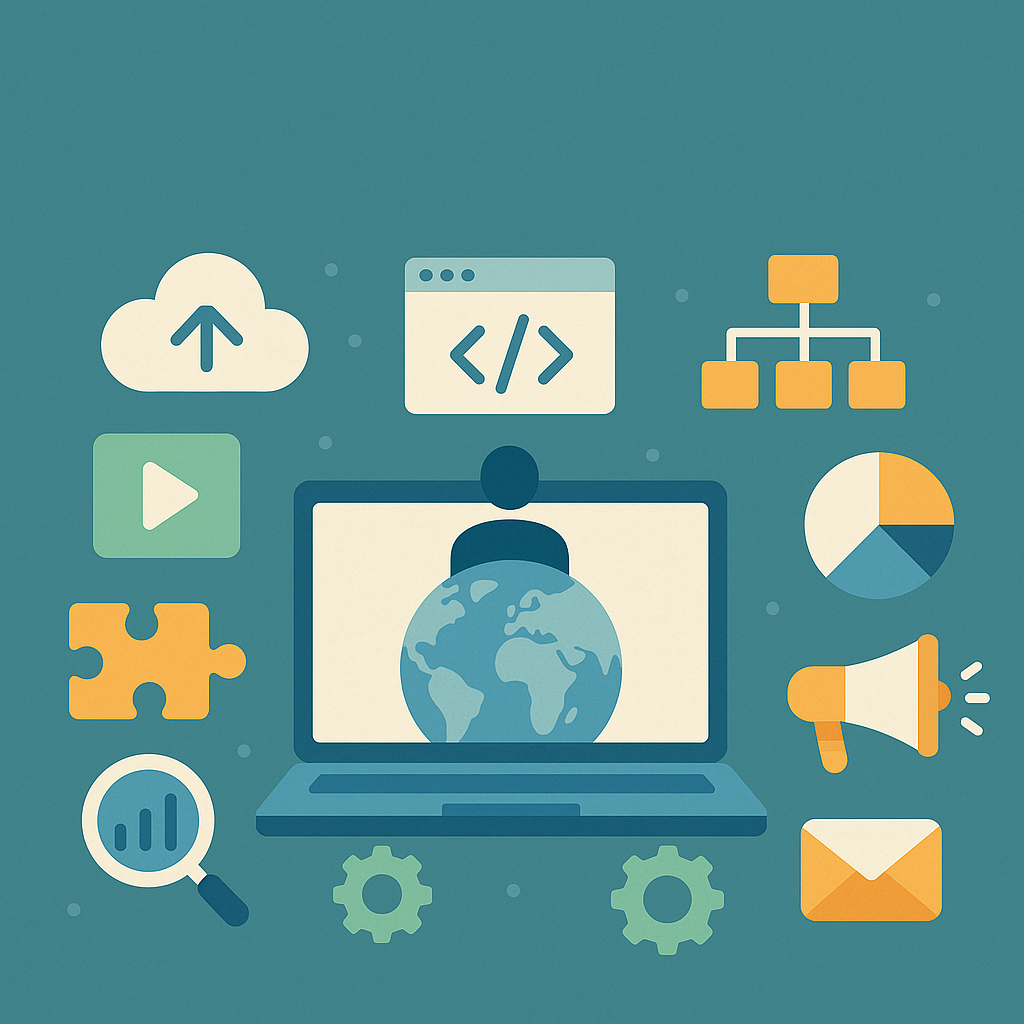Social impact organizations—from grassroots nonprofits to global movements—often operate on tight budgets. But that shouldn’t mean settling for outdated software or inefficient workflows. Thankfully, there’s a growing ecosystem of powerful, free tech tools designed to help changemakers do more with less.
Whether you’re organizing a campaign, managing a community project, or building digital infrastructure for a cause, these tools can help streamline operations, increase outreach, and multiply your impact.
Here are some of the best free tools for social impact in 2025:
1. Notion – All-in-One Workspace for Teams
Use it for: Project management, documentation, planning, and collaboration
Why it’s great: Notion offers powerful templates for everything from event planning to grant writing. It’s flexible, easy to use, and free for individuals and nonprofits.
Bonus: Nonprofits can apply for the Notion for Education plan for additional perks.
2. Trello – Visual Task Boards for Organizing Anything
Use it for: Task tracking, campaign planning, volunteer coordination
Why it’s great: Trello’s card-based layout makes it super simple to visualize workflows. You can assign tasks, add deadlines, and integrate with other tools like Google Drive and Slack.
Great for teams with varying tech experience—low learning curve.
3. Canva – Design Anything Without a Designer
Use it for: Social media graphics, posters, reports, infographics
Why it’s great: Canva makes professional design accessible to everyone. With drag-and-drop templates and a massive free asset library, your outreach will look sharp without spending a dime.
Pro tip: Canva offers free Pro accounts for verified nonprofits.
4. Airtable – A Smarter Spreadsheet
Use it for: Donor databases, content calendars, event logistics
Why it’s great: Think of Airtable as a spreadsheet that acts like an app. You can customize views (grid, calendar, kanban) and even create low-code dashboards to track progress.
Perfect for organizing complex data across teams.
5. Zapier – Automate the Boring Stuff
Use it for: Connecting apps, automating email follow-ups, syncing data
Why it’s great: Zapier lets you create “Zaps” that automate repetitive tasks. For example: when someone fills out your Google Form, it can auto-send them a welcome email and add their info to your CRM.
Free tier is limited, but perfect for small orgs just starting out.
6. Google Workspace for Nonprofits
Use it for: Email, cloud storage, shared drives, video meetings
Why it’s great: You get Gmail with your own domain, Google Drive, Docs, Sheets, and Meet—all for free with Google’s nonprofit grant program.
Apply through Google for Nonprofits (you’ll need to verify your 501(c)(3) or equivalent status).
7. Slack – Messaging Made for Mission-Driven Teams
Use it for: Internal communication, volunteer channels, quick updates
Why it’s great: Slack reduces email clutter and helps teams stay organized with channels and integrations. There’s a generous free version, and nonprofits can request a discount on paid plans.
Final Thoughts
Running a social impact project doesn’t mean settling for second-rate tools. With the right free tech stack, you can run your organization like a startup—agile, efficient, and deeply connected to your mission.
Start small. Pick one or two tools. See what works. Then scale your impact.
